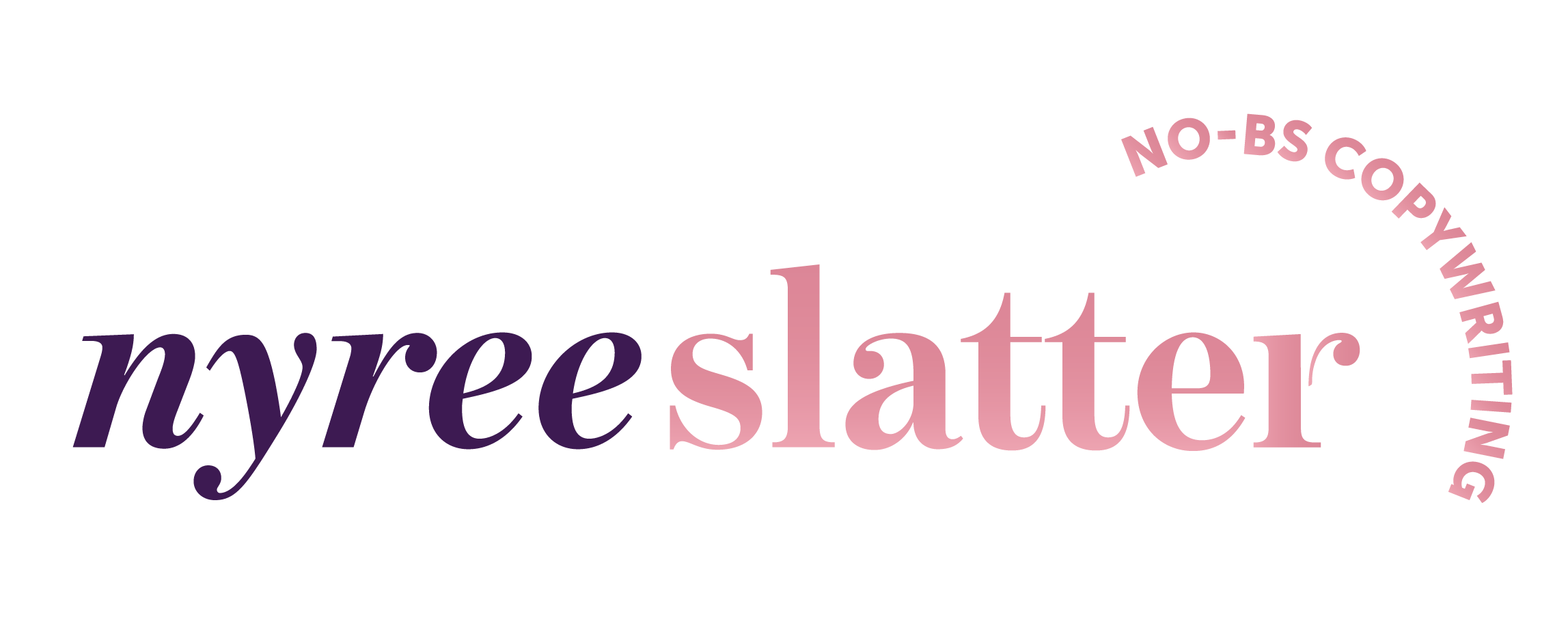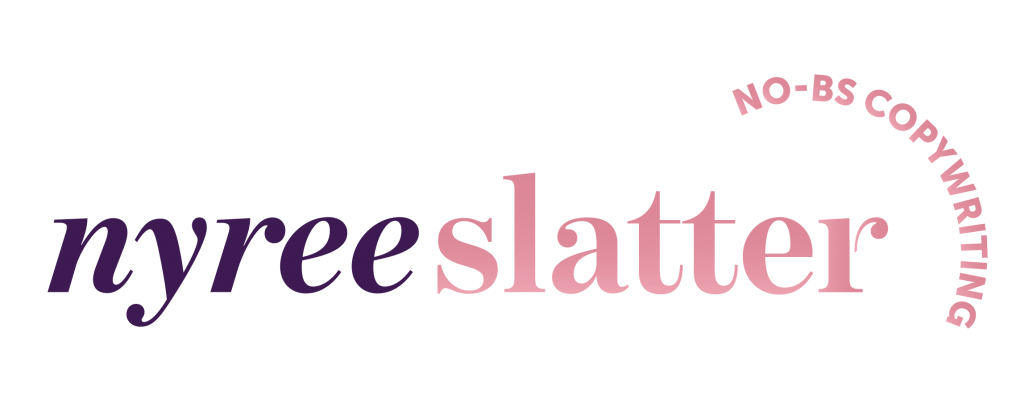Or
How to get the info you need out of your client’s head.
One of the toughest parts of being a writer for business owners, is getting the important information out of their heads and into yours.
There’s nobody more expert in a business than the owner of that business.
Often, I’m engaged by businesspeople who are time-poor, energy-poor or just don’t have the care factor to sit and slave over a tender, awards submission, capability statement or website copy.
If they’re an existing client, then I already have an idea of what they do, their values and probably some of the projects they want to highlight. But how do you do it with a new client when you have very little idea of what the content is going to look like?
You have to meet that client where they are.
What do I mean by that? Well it means that I have to assess – usually pretty quickly – what the barrier is to them doing the work themselves and use that to inform how I work. I need to make it easy for them to take it off their plate.
Let’s have a look at an example:
A new client of mine in the construction-related field is looking for a capability statement. He knows he needs one, he has a vague idea of what he wants to include in it but he’s not sure how he’s going to get that info across to me in a way that is useful and won’t take 700 hours.
Plus, our meeting – held at 7:30am on a Friday [[bring the coffee]] – is not the ideal time to be reaching the dark recesses of his brain for details on anything. He admits to being a slow typist and honestly, typing out dot points is the last thing he wants to do when he could be sending quotes and invoices, or working on the tools.
I totally get it.
In this case, the solution is voice memos.
The good thing about voice memos is that you can record them anywhere: at the shops, in the ad break of the footy, walking the dog, in a plane, in the middle of the night when you can’t sleep, cooking dinner, watching the kids play soccer…anywhere. Except maybe the toilet. Don’t record that.

As our friend Kel Knight – of Kath and Kim fame – knows, when you’re trying to create the perfect flavour combination for a commemorative wedding sausage, inspiration may strike at any time. That’s why he carries a dictaphone to record his ideas. And that’s exactly why you should think about using your voice memos in the same way.
Obviously, taking voice memos can be a little embarrassing especially if you’re a bit shy but honestly, I’m not giving awards for presentation. I just want the info, so however it gets to me – umms and ahhs, and coughs, and kids interrupting – are all good with me.
So, what if voice memos aren’t for you?
Don’t worry, there are plenty of other ways you can help get that information out of your client’s brain and into yours. Here’s just a few:
Informal chat
If your client knows what they want to say then sometimes all you need is to grab a coffee and a notebook and let them talk. This is particularly true if you’ve worked with that client before on other things and are now looking to help them with something different, or if they are those very detail-oriented folks who plan everything within an inch of its life. No shame in that!
Keeping it light and informal works for people who are very new to this too. You don’t want to make your client feel like they’re being interrogated. Technically they are but they don’t need to know that.
Targeted questions/brief
If your client is a little less set on what they want or don’t really know what you need from them, then giving them targeted questions is a sure bet. These targeted questions can be done in person, over the phone or in written form. They can even be sent in an email a few days ahead of your meeting to get them thinking about their answers.
Be aware though – if you’re dealing with someone who is time-poor, don’t send them a 4-page brief and expect them to fill it out. They don’t have time! Make it easy for them.
Mind map
Mind maps are a great strategy for people who are very visual learners and like to show rather than explain. They’re also great for people who struggle to articulate what they mean. Often, you’ll get the information you need as your client talks through what they’re drawing.
Mind maps are also an excellent way to guide your follow-up questions if you need to clarify anything. It’s so much easier to talk about how things are connected than it is to talk about things in isolation.
Use existing documents
Unless a business is brand new, there’s a really high likelihood that the information you need is already located in other documents. I don’t just mean the old version of what you’re working on; I mean corporate communication, planning and marketing documents.
Think strategic plans, marketing plans, business plans, emails, newsletters, tender and grant submissions, website copy, brochures, advertising, policy documents…anything!
There’s absolutely no need to reinvent the wheel. If they can send a few documents over, even as a pre-meeting brief for you, you’ll be in good shape.
Give permission to add to the story
No matter what method I use, I always give my clients permission to text me, call me, email me, send a carrier pigeon or a telegram if they have extra information they want to add or they find a better way to explain something. Most of us don’t like being put on the spot so giving your people the okay to go away and think is a helpful way to manage the process.
At the end of the day, Kel knows it’s all about making his audience happy. For him, it’s his delightful wife, Kath. For you, it’s your client.

Getting information out of your client’s head can be challenging but it shouldn’t be overwhelming for either of you.
What do you do to help get information out of your client’s head?
If you’re the client, what would be most helpful to you?







